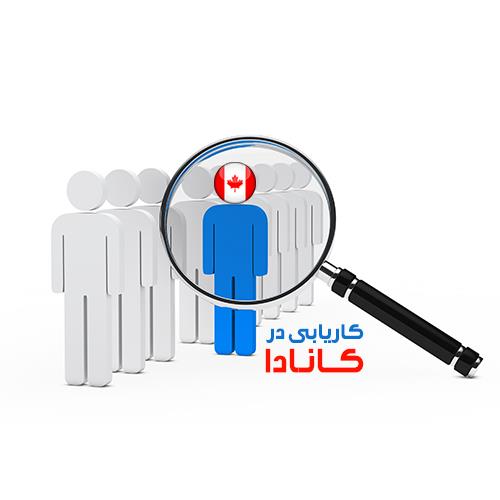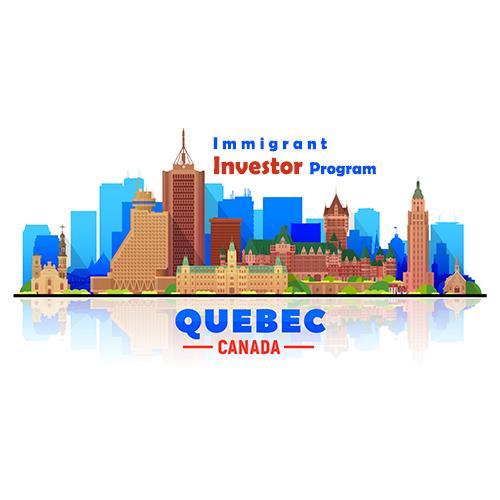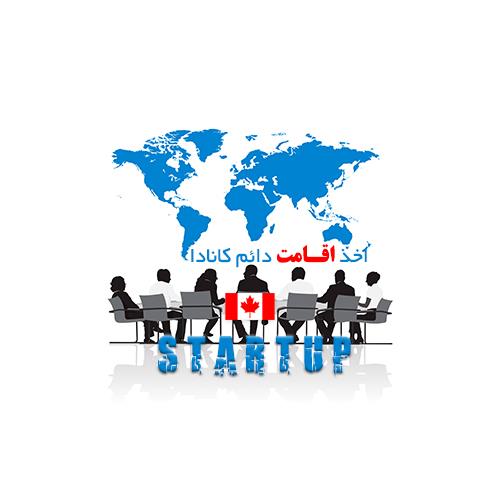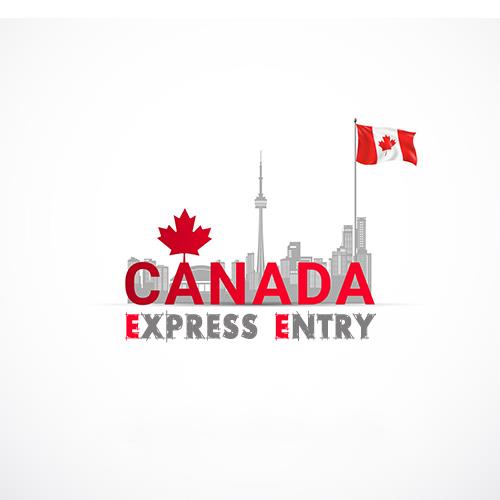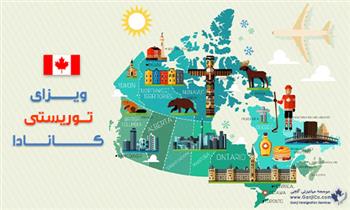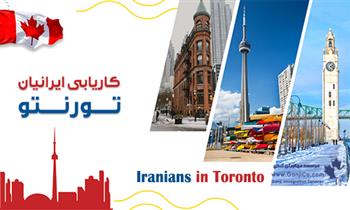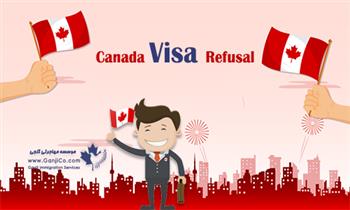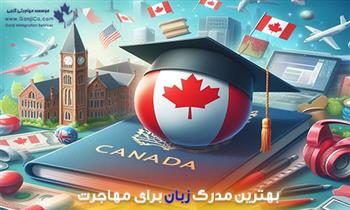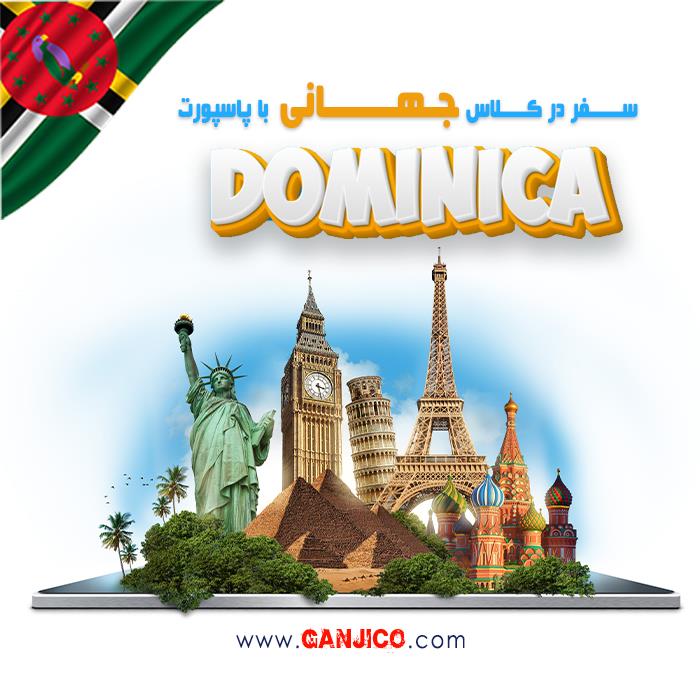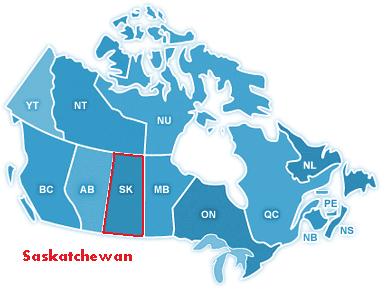
Saskatchewan
Saskatchewan is one of Canada’s Provinces, which has a total area of 651,900 km2 and a land area of 592,534 km2, the remainder being water area. Saskatchewan is bordered on the west by the Province of Alberta, on the north by the Northwest Territories, on the east by Manitoba, and on the south by the U.S. states of Montana and North Dakota. As of December 2013, the population of Saskatchewan was estimated at 1,114,170. Residents primarily live in the southern half of the province. Of the total population, 257,300 live in the province's largest city, Saskatoon, while 210,000 live in the provincial capital, Regina. Other major cities include Prince Albert, Moose Jaw, Yorkton, Swift Current, and North Battleford. According to the Canada 2011 Census, the largest ethnic group in Saskatchewan is German (28.6%), followed by English (24.9%), Scottish (18.9%), Canadian (18.8%), Irish (15.5%), Ukrainian (13.5%), French (Fransaskois) (12.2%), First Nations (12.1%), Norwegian (6.9%), and Polish (5.8%).
Saskatchewan has been inhabited for thousands of years by various indigenous groups, and first explored by Europeans in 1690 and settled in 1774. It became a province in 1905, its name derived from the Saskatchewan River. In the early 20th century the province became known as a stronghold for Canadian democratic socialism. Tommy Douglas, who was premier from 1944 to 1961, became the first social-democratic politician to be elected in North America. The province's economy is based on agriculture, mining, and energy.
Regina is the capital city of the Canadian province of Saskatchewan. The city is the second-largest in the province and a cultural and commercial center for southern Saskatchewan. It is governed by Regina City Council. In 2013, Regina was named the 6th best Canadian mid-sized city (17th best overall) in which to live. The Largest City of the province is Saskatoon.
Geography of Saskatchewan
Saskatchewan is part of the Western Provinces and is bounded on the west by Alberta, on the north by the Northwest Territories, on the north-east by Nunavut, on the east by Manitoba, and on the south by the American states of Montana and North Dakota. Along with Alberta, Saskatchewan is one of only two provinces that are land-locked.
The overwhelming majority of Saskatchewan's population is located in the southern third of the province, south of the 53rd parallel.
Saskatchewan contains two major natural regions: the Canadian Shield in the north and the Interior Plains in the south. Northern Saskatchewan is mostly covered by boreal forest except for the Lake Athabasca Sand Dunes and adjacent to the southern shore of Lake Athabasca. Southern Saskatchewan contains another area with sand dunes known as the "Great Sand Hills" covering over 300 km2 The Cypress Hills, located in the southwestern corner of Saskatchewan and Killdeer Badlands (Grasslands National Park) are areas of the province that remained unglaciated during the last glaciation period.
The province's highest point, at 1,392 meters is located in the Cypress Hills less than 2 kilometer from the provincial boundary with Alberta. The lowest point is the shore of Lake Athabasca, at 213 meters. The province has 14 major drainage basins made up of various rivers and watersheds draining into the Arctic Ocean, Hudson Bay and the Gulf of Mexico.
Regina is situated on a broad, flat, treeless and largely waterless plain, except for a large underground aquifer – at the time of its founding, a matter of national scandal and notoriety as to corrupt dealings at the time, since it is immediately adjacent to amply watered and treed rolling parklands.
There is an abundance of parks and greenspaces: all of its tree shrubs and other plants were hand-planted. As in other prairie cities, American elms were planted in front yards in residential neighborhoods and on boulevards along major traffic arteries and are the dominant species in the urban forest.
Climate of Saskatchewan
Saskatchewan receives more hours of sunshine than any other Canadian province. The province lies far from any significant body of water. This fact, combined with its northerly latitude, gives it a warm summer, corresponding to its humid continental climate in the central and most of the eastern parts of the province, as well as the Cypress Hills; drying off to a semi-arid steppe climate in the southwestern part of the province. Drought can affect agricultural areas during long periods with little or no precipitation at all. The northern parts of Saskatchewan have a subarctic climate with a shorter summer season. Summers can get very hot, sometimes above 38 °C during the day, and with humidity decreasing from northeast to southwest. Warm southern winds blow from the plains and intermontane regions of the Western United States during much of July and August, very cool or hot but changeable air masses often occur during spring and in September. Winters are usually bitterly cold, with frequent Arctic air descending from the north. Warm Chinook winds often blow from the west, bringing periods of mild weather. Annual precipitation averages 30 to 45 centimeters across the province, with the bulk of rain falling in June, July, and August.
Saskatchewan is one of the most tornado-active parts of Canada, averaging roughly 12 to 18 tornadoes per year, some violent. In 2012, 33 tornadoes were reported in the province. The Regina Cyclone took place in June 1912 when 28 people died in a F4 Fujita scale tornado. Severe and non-severe thunderstorm events occur in Saskatchewan, usually from early spring to late summer. Hail, strong winds and isolated tornadoes are a temporary occurrence.

Regina experiences a dry continental climate with warm summers and cold, dry winters, prone to extremes at all times of the year. Average annual precipitation is 388 mm and is heaviest from June through August, with June being the wettest month with an average of 75 mm of precipitation. The average daily temperature for the year is 2.8 °C. The lowest temperature ever recorded was −50.0 °C on 1 January 1885, while the highest recorded temperature was 43.3 °C on 5 July 1937.
History of Saskatchewan
Saskatchewan has been populated by various indigenous peoples of North America. The first known European to enter Saskatchewan was Henry Kelsey in 1690, which travelled up the Saskatchewan River in hopes of trading fur with the province's indigenous peoples. The first permanent European settlement was a Hudson's Bay Company post at Cumberland House, founded in 1774 by Samuel Hearne.
Saskatchewan was part of Rupert's Land and controlled by the Hudson's Bay Company, which claimed rights to all watersheds flowing into Hudson Bay, including the Saskatchewan, Churchill, Assiniboine, Souris, and Qu'Appelle River systems.
In the late 1850s and early 1860s, scientific expeditions led by John Palliser and Henry Youle Hind explored the prairie region of the province. In 1870, Canada acquired the Hudson's Bay Company's territories and administers the vast territory between British Columbia and Manitoba.
European-Canadian settlement of the province started to take off as the Canadian Pacific Railway was built in the early 1880s, and the Canadian government divided up the land by the Dominion Land Survey and gave free land to any willing settlers.
On September 1, 1905, Saskatchewan became a province, with inauguration day held September 4. The Dominion Lands Act permitted settlers to acquire one quarter of a square mile of land to homestead and offered an additional quarter upon establishing a homestead. Immigration peaked in 1910, and in spite of the initial difficulties of frontier life (distance from towns, sod homes, and backbreaking labor) new settlers established a European-Canadian style of prosperous agrarian society.
Economy of Saskatchewan
Historically, Saskatchewan's economy was primarily associated with agriculture. However, increasing diversification has resulted in agriculture, forestry, fishing, and hunting only making up 6.8% of the province's GDP. Saskatchewan grows a large portion of Canada's grain.
Wheat is the most familiar crop and the one most often associated with the province but other grains like canola, flax, rye, oats, peas, lentils, canary seed, and barley are also produced. Beef cattle production in the province is only exceeded by Alberta. Mining is also a major industry in the province, with Saskatchewan being the world's largest exporter of potash and uranium. In the northern part of the province, forestry is also a significant industry.
Oil and natural gas production is also a very important part of Saskatchewan's economy, although the oil industry is larger. Among Canadian provinces, only Alberta exceeds Saskatchewan in overall oil production. Heavy crude is extracted in the Lloydminster-Kerrobert-Kindersley areas. Light crude is found in the Kindersley-Swift Current areas as well as the Weyburn-Estevan fields. Natural gas is found almost entirely in the western part of Saskatchewan, from the Primrose Lake area through Lloydminster, Unity, Kindersley, Leader, and around Maple Creek areas.
| % | Economic Sectors of Saskatchewan |
| 17.1 | finance, insurance, real estate, leasing |
| 13.0 | mining, petroleum |
| 11.9 | education, health, social services |
| 11.7 | wholesale and retail trade |
| 9.1 | transportation, communications, utilities |
| 7.7 | manufacturing |
| 6.8 | agriculture, forestry, fishing, hunting |
| 6.5 | business services |
| 5.8 | government services |
| 5.1 | construction |
| 5.3 | other |
Healthcare in Saskatchewan
The Ministry of Health (Saskatchewan) is responsible for policy direction, sets and monitors standards, and provides funding for regional health authorities and provincial health services.
Saskatchewan's medical health system is widely and inaccurately characterized as "socialized medicine": medical practitioners in Saskatchewan, as in other Canadian provinces, are not civil servants but remit their accounts to the publicly funded Saskatchewan Medical Care Insurance Plan rather than to patients (i.e. a single-payer system).
Saskatchewan medical health system has faced criticism due a lack of accessibility to the midwifery program.
Families and individuals in Saskatchewan can qualify for additional health benefit coverage, if their income is below a particular level. A range of health benefits is available for low-income working families who meet the standards of an income test or are receiving the Saskatchewan Employment Supplement or the Saskatchewan Rental Housing Supplement. Eligibility for these benefits is determined by the Ministry of Social Services.
Children are covered for most dental services, Eye examinations once a year, basic eyeglasses, Emergency ambulance, Basic medical supplies Up to 12 chiropractic services per year and Prescription drugs in the Saskatchewan Formulary.
Those who qualify for Supplementary Health benefits are eligible for a number of health services and products. In addition to the universal health benefits, such as hospital and physician care, Supplementary Health benefits are listed below.
Information on Saskatchewan's health benefits is provided in the It's For Your Benefit booklet below. For a hard copy, phone 1-800-667-7766. Eligibility for Supplementary Health coverage is determined by the Ministry of Social Services.
If you have questions regarding your plastic health card please contact Health Registries at 1-800-667-7551 or (306) 787-3251 in Regina.
If you have questions regarding Supplementary Health benefits, please call Ministry of Health at 1-800-266-0695 or (306) 787-3124 in Regina.
If you have questions about Drug Coverage, please call (306) 787-3317 in Regina or toll free at 1-800-667-7581.

Transportation in Saskatchewan
Transportation in Saskatchewan includes an infrastructure system of roads, highways, freeways, airports, ferries, pipelines, trails, waterways and railway systems serving a population of approximately 1,003,299 inhabitants year-round. It is funded primarily with local and federal government funds. The Saskatchewan Department of Highways and Transportation estimates that 80% of traffic is carried on the 5,031-kilometre principal system of highways.
The Ministry of Highways and Infrastructure operates over 26,000 kilometers of highways and divided highways. There are also municipal roads which comprise different surfaces. The first Canadian transcontinental railway was constructed by the Canadian Pacific Railway between 1881 and 1885. The main Saskatchewan waterways are the North Saskatchewan River or South Saskatchewan River routes.
The Saskatoon Airport (YXE) was initially established as part of the Royal Canadian Air Force training program during World War II. Airlines offering service to Saskatchewan are Air Canada, WestJet Airlines, United Airlines, Delta Air Lines, Transwest Air, Norcanair Airlines, La Ronge Aviation Services Ltd, La Loche Airways, Osprey Wings Ltd, Buffalo Narrows Airways Ltd, Skyservice Airlines, Île-à-la-Crosse Airways Ltd, Voyage Air, Pronto Airways, Venture Air Ltd, Pelican Narrows Air Service, Jackson Air Services Ltd, and Northern Dene Airways Ltd.
Providing services to newcomers to Saskatchewan
Regional Newcomer Gateways
Regional Newcomer Gateways are welcome centers for newcomers arriving in Saskatchewan. Whether you are coming from outside Canada or from another Canadian province, Regional Newcomer Gateways are there to help you.
Make Regional Newcomer Gateways your first stop when you arrive in Saskatchewan. There you can get information and connect to your new community, whether it is a city, a small center or a rural area.
Regional Newcomer Gateways will support you in making informed decisions and taking independent action with regard to your settlement and integration.
Regional Newcomer Gateways can help you get a language assessment, Find out if you qualify to meet with a Settlement Advisor, Connect you with the closest Labor Market Service Centers and Find community groups that share your ethno-cultural background, faith, language or interests.
Gateway staff cannot help you with immigration documents and processes and there are 11 Gateways throughout the province.
Housing in Saskatchewan
Saskatchewan has some of the most affordable housing in Canada. There are multiple different housing options across Saskatchewan. If you have not visited your new city prior to landing in Saskatchewan, it may be best to rent a temporary apartment when you first arrive or hire a real estate agent to guide you through the housing process and provide you with knowledgeable advice on the best areas for you and your family.
Before you start looking for a place to rent, you need to decide where you want to live, how many rooms you will need and how much you can afford to pay. After cost, location is often the most important thing to think about when looking for a place to live. Neighborhoods that are close to work, schools, public transit and other services might cost more, but they can also save you time and money in commuting to work or school.
Apartment buildings are large, multi-unit buildings owned by one person or company where each inhabitant rents a unit. Studio or bachelor apartments are generally one room with a kitchen area and bathroom and are suited only for a single individual. Larger apartments can accommodate families as they have bedrooms and additional living space.
Housing in Saskatchewan is generally more expensive in cities. As a result, many families choose to live in suburbs which are towns located just outside of the city limits, where housing is more affordable. Suburbs often provide good neighborhoods, schools, shopping and healthcare, all within close proximity to the amenities of the city.
If you are renting your home or live in a condominium, it is important that you ensure pets are legally allowed on the premises before you move in with your family pet, or purchase a family pet.
It is important that you take your family, your place of work, neighborhood and finances into account before deciding on a place to live.
Learning English in Saskatchewan
English is the main language in Saskatchewan. You will speak English with your doctor, your boss, your neighbors, and at the store. Everywhere in Saskatchewan, people speak English. Your chances of success in Saskatchewan will improve if you can understand and speak English.
In Canada, many language programs use a system called the “Canadian Language Benchmarks” (also called CLBs) to describe and test how well you speak and understand English. There are 12 benchmarks, with 12 being the highest (strongest English skills) and 1 being the lowest. To do most jobs well, a minimum of a benchmark 4 is recommended. It is possible for someone with lower benchmarks to work and speak with others. But without a minimum of a benchmark 4 you will find that it is not easy to speak with your boss or co-workers, go to the store or the bank, speak with your children’s teachers, or speak with the doctor.
One way to improve your English language skills is to access websites for learning English. Search the internet for terms like "English as a Second Language," "Learn English" or "English Vocabulary". Once you arrive in Saskatchewan, you may want to continue building on your English skills.
If you qualify, the Regional Newcomer Gateway or your local Regional College will help you get an appointment for a language test. This language test, also called a language assessment, will tell you what your CLB level is and which language classes can help you improve your English. It will also help a language school put you in the class that is best for you and help your teacher plan lessons better so that you learn more quickly. You should be able to have a language assessment within seven days of requesting this service. Please contact us if you experience delays.
When you have a language assessment, you meet with a language assessor who will give you different activities to do to find out how well you can read, write, understand and speak English. The test can take anywhere between 30 minutes to over an hour, depending on how well you can speak and understand English.
At the end of the assessment, you will get your assessment results document that will give you a score in reading, writing, listening and speaking. “1” means that you are a beginner in that skill area, and “8”means you are strong in that skill area. You should keep this document with you, and show it when you are registering for English classes. The assessor will also tell you about different classes available close to where you live. You can then call or visit those programs if you want to study English there. You will also need your assessment results to register for employment services.
Language assessments are available to most newcomers to Saskatchewan. Your Regional Newcomer Gateway or Regional College will help you to find out if you qualify for a language assessment. When you make an appointment for a language assessment with the Gateway or Regional College, the staff there will tell you which documents you need to bring.
Education in Saskatchewan
Elementary schools or grade schools are responsible for primary education in Saskatchewan. The Province primary education runs under the header of K-12 education (K is for kindergarten, 12 is for grade 12). A system of grades is used to describe the various stages of education. Grades are generally known by cardinal number, e.g., grade 12.
Typically, primary education is provided in schools, where the child will stay in steadily advancing classes until they complete it and move on to secondary schooling. Children are usually placed in classes with one teacher who will be primarily responsible for their education and welfare for that year. This teacher may be assisted to varying degrees by specialist teachers in certain subject areas, often music or physical education. The continuity with a single teacher and the opportunity to build up a close relationship with the class is a notable feature of the primary education system. Pursuant to The Education Act, school attendance is compulsory for children between the ages of 7 and 16 years. In addition, schooling is provided to anyone between the ages of 6 to 21 years. Both primary and secondary educations are free. High school and secondary school generally begin from grade 9 through 12.
The higher education system in Saskatchewan includes two universities, the University of Saskatchewan and the University of Regina and their federated and affiliated colleges.
Bachelor’s degrees, generally the first university degree undertaken, which take 3–4 years to complete, and consist primarily of coursework.
Masters degrees are undertaken after the completion of one or more bachelor’s degrees. Masters degrees deal with a subject at a more advanced level than bachelor’s degrees, and can consist of research, coursework, or a mixture of the two.
Doctorates, Doctor of Philosophy (Ph.D.), which is undertaken after a bachelor’s or master’s degree, by an original research project resulting in a thesis or dissertation. Admission to candidature for a PhD generally requires either a bachelor’s degree with good honours, or a master’s degree with a research component.
Higher doctorates, such as Doctor of Science (DSc) or Doctor of Letters (DLitt), which are awarded on the basis of a record of original research or of publications, over many years (often at least 10).
Placement in Saskatchewan
Through the Canada-Saskatchewan Labor Market Services sites, the ministry provides career and employment services to Saskatchewan people in need of information on career and job opportunities, as well as training and/or education options that enable participation in the provincial labor market. The services are focused on matching the skills of Saskatchewan workers with the skill needs of employers. Labor Market Services (LMS) assist employers to find the workers they need. The Saskjobs.ca website is the provincial job order system that enables employers to post their jobs free of charge.


